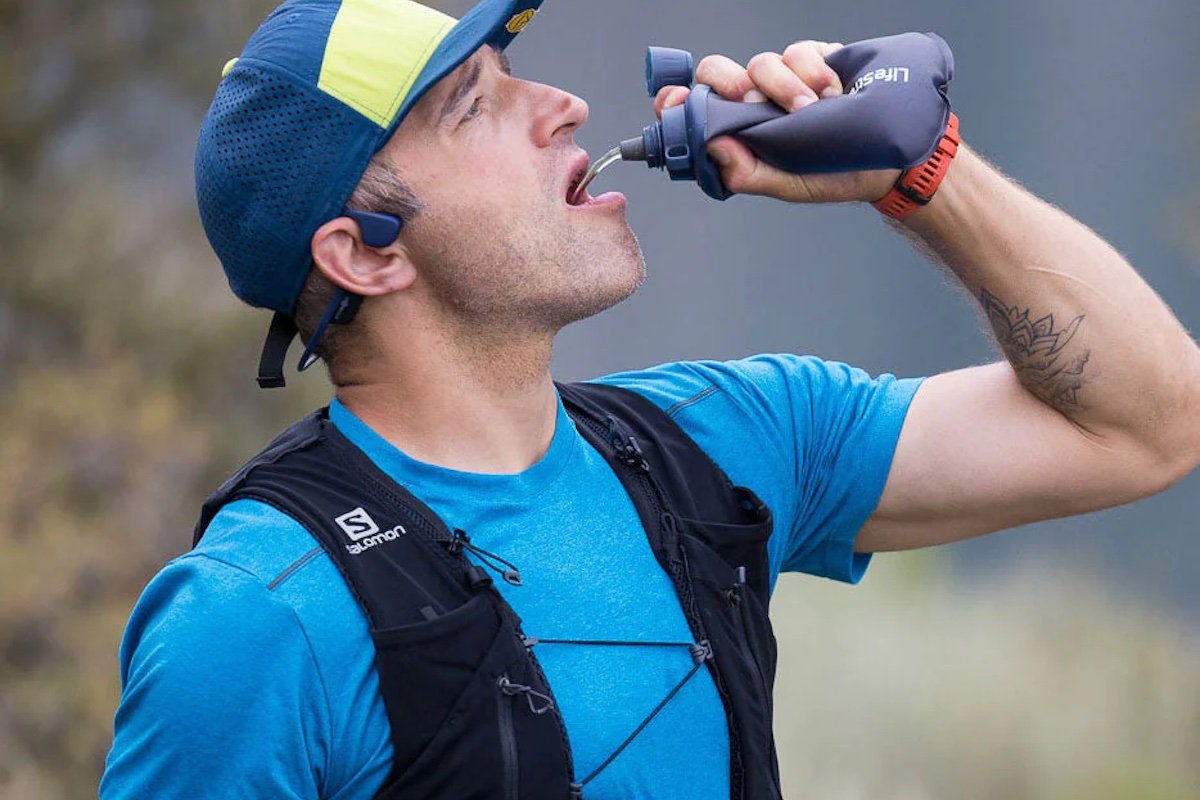Packing a Bug-Out Bag is the Responsible Thing to Do
When I first heard the term “bug-out bag,” it was in the context of prepping. You know, the activity that’s often associated with anti-government types who promote conspiratorial views. But over the years, the concept of a bug-out bag has grown on me. Not because I changed my politics or had a drastic shift in worldview, but because having a bag of stuff packed and ready to go in case of an emergency makes sense.
It makes sense to have one if you live in an area prone to hurricanes, flooding, wildfires, or any type of natural disaster that might force you to flee your home. If you live in an area with crazy people who might attack the electrical grid or a power company that regularly mismanages it. Or maybe you just have kids and want to keep them occupied while waiting for a tow truck.
It’s that last one that really changed my mind. The kids part, I mean. My wife was the one who said we should have an emergency kit on hand after our firstborn. She refuses to call it a bug-out bag, but I like it because it amuses me. Despite our disagreement on what we call it, we did agree that we should have one.
In planning, I learned that a bug-out bag doesn’t have to be something that prepares you for an apocalyptic event. It just needs to prepare you to survive or avoid extreme discomfort for a short amount of time. Exactly how long depends on a number of things like where you live, what likely scenarios you’ll face, and how many people you need to take care of.
While there are seemingly infinite combinations of gear and supplies you could store in your bug-out bag, the best advice I’ve heard is to plan for what’s probable. For instance, if you have to drive on snowy roads, you should pack a shovel, salt, and blanket. Obviously, the more remote you are, the more gear you’ll need to survive because help is farther away.
Here are the basics:
Water
Water is at the top of most lists and for good reason. You’ll die (eventually) without it. But it’s also one of the easiest to fill. While you could just buy a case and be done with it, you’ll score extra points if you include a bottle and filter.
Batteries
You could add double and triple As, maybe some Cs, and definitely some Ds, but more importantly, you should store a power source capable of charging your phone or whatever communication device you have.

Communication
Perfect segue. Your smartphone is more than enough. I mean, it has more computing power than what took man to the moon — I heard. But having a backup radio, walkie-talkie, and/or a whistle is always good.
Light
A flashlight sounds obvious, but you should pack one with long battery life. You don’t necessarily need a heavy-duty cop flashlight or a spotlight, but you definitely need one that’s durable and uses an LED bulb because it uses less energy and therefore lasts longer.
Food
Most people suggest packing an MRE, or Meal Ready to Eat, because they’re loaded with calories and have a long shelf life. But it just depends. Reasonable alternatives include trail mix and snack bars.
First Aid Kit
You say, “Thank you, captain obvious” and I respond with “you’re welcome.” Bandaids, wipes, hand sanitizer, and headache medicine are all a given, but you should also include any daily medication that you’ll need to survive.
I admit that I had long dismissed the idea of keeping a bug-out bag. I’ve always lived in an urban area with good infrastructure, so I didn’t see the point. But now I see it as another part of modern living like changing the oil on my car or cleaning the gutters. It’s the responsible thing to do.
What do you store in your bug out bag? Tell us in the comments below.
Source: https://outdoors.com/packing-a-bug-out-bag-is-the-responsible-thing-to-do/






